Flexibility key in Football Manitoba’s Return to Play
By Mike Still
For Football Manitoba, flexibility has been key when dealing with the uncertainty of the COVID-19 pandemic.
“Any time I feel like we’re figuring things out and getting on top of things, it seems like people keep moving the goal posts on us,” noted Executive Director Bill Johnson.
“It’s been hard and frustrating at times, but I feel like our organization has done a good job of being flexible.”
When the realities of the global pandemic hit the province around March, Football Manitoba met with each of its leagues. It was at that time that the decision was made to delay any football activities.
Shortly afterwards, two separate task forces were put together, one for non-contact and one for contact. These task forces – which included representatives from the Winnipeg High School Football League (WHSFL), Manitoba Minor Football Association and Thunder Bay Minor Football – set to work on protocols for return to play.
Non-contact receives approval, spring league a success
With moderately low case-counts for most of the summer, non-contact received approval, and went ahead with a spring flag league for players aged 7-17 in July. The season wrapped up last week, and was considered a success.
“We have almost 900 kids playing flag this year, which is good,” added Johnson. “It’s a little bit less than what we’d normally have but with it moving to the summer, I’m surprised. It’s a bigger number that I thought we would get to be honest.”
For the safety of all involved, there were a number of modifications made for flag.
“Huddles is a big one. Teams don’t huddle anymore, they do what we call a circle. It’s a loose grouping, and we allow a little bit of extra time on the play clock so that teams can retreat further from the line of scrimmage so that the other teams can’t hear them while they’re in their circle,” Johnson says.
“We also supplied every team with an unlimited amount of hand sanitizer throughout the year, and we required them to wipe their hands and to give the ball a wipe between each series. Every team has their own ball, and they’re the only ones who handle it. The refs don’t handle that ball. They’ll place a beanbag wherever the ball needs to be.”
Other adjustments included a hand-squeezed whistle for the referees instead of conventional, as well as a no-glove rule. The latter will be adjusted for the fall flag league which starts on Sept. 26. Johnson says the glove change was made due to colder weather becoming a factor, as games will be played into November.
“The reason for [no gloves] in the summer is that we wanted to make sure people could sanitize between series, and we weren’t confident that we could do that with gloves. We are allowing people to go ahead with gloves for the fall league, as long as people are willing to douse them in hand sanitizer and give them a wipe between plays.”
Football Manitoba’s fall flag league will include community teams within the city, ranging from the U10 to U16 level. There is no U18 division as of yet, as Johnson is waiting to hear back from the WHSFL as to whether or not they want to operate their own league.
“If they decided to run it as a WHSFL flag league, we will help them with that. Obviously, we have equipment and expertise in flag. If they choose not to run a league under the WHSFL umbrella, then we will assist our tackle football club system with running a flag league that includes the U18 kids.
Either way, it’s going to be one of our partner groups running the league, and we’re going to help them with that, just because we have the experience and equipment to run a flag football league, which not many in the province do.”
No tackle for 2020, group sizes a factor
In terms of contact football protocols, Football Manitoba worked closely with their western province counterparts In Alberta and Saskatchewan.
“Alberta was the first province to have a return to play in place, so we modeled very closely on what they had done,” explained Johnson. “Our protocols are almost similar to what they’re using right now.”
Documentation was sent to the province on July 21, with a response sent back towards the end of August. It was around this time that case numbers also began to see a rise across the province.
“Sport Manitoba and the province both requested a meeting with ourselves and Hockey Manitoba. They told us at that time that they didn’t feel that they had the time or expertise between Sport Manitoba and Manitoba Public Health to make a decision on return to play, so they were putting it back into our court to make a decision as to what would happen.
At that time, we decided to go ahead with what we called our phase two, with phase one being our non-contact and phase two being our contact protocol. We sent those out to our members with a hope that we would advance to actual game play in phase three with cohorts of 150 at some point before snow flies. The fact that we didn’t hear anything until the end of August really put us behind the eight ball in terms of time.”
In September, both the MMFA and WHSFL opted to suspend activities for the fall season. Johnson noted the restrictions on group sizes, which is currently no more than ten, played a factor.
“We can’t even fit under the group sizes that are allowed right now. Until they start to change some of those restrictions, I don’t think a realistic return to game play is going to be possible. Hopefully in the spring we’ll be looking in the rear-view mirror of COVID, and we can move on.”
Bannon, WHSFL optimistic despite setbacks
Arguably, the group of players effected most by the cancelation of tackle for 2020 are the incoming senior class in the WHSFL. Many of these athletes have hopes of making it to the university level to continue their gridiron careers. Despite not currently being able to show their skills with pads, Commissioner Jeffrey Bannon is preaching perseverance.
“It’s a lot easier to put in the work when you know you’re playing a game every week. Now, you’ve got to go to the gym four to five times a week and you’re not playing a game. This is going to be mentally exhausting for a lot of these athletes.
The ones that persevere and get through it, I think the reward will be great. I believe as a league, we need to be able to showcase our athletes. That’s something that I’m not going to stop working on until it’s done.”
Bannon added that the league is confident, regardless as to what decision is made for spring of next year.
“We do have schedules made up based off of various scenarios. We’ve had those made up since March. We’re in good standing, we just need to know what direction we can go and we’ll follow. We’re prepared and our playbook is ready. We just need to know which playbook we’re using.”
“We haven’t look at the spring season in any specific detail at this point, but I can tell you that Jeffrey and I have started some discussions,” added Johnson.
“We want to do everything we can to make sure these kids have an opportunity, but we also want to make sure that we’re keeping them as safe as we possibly can within reason, understanding that life needs to go on, and there’s inherent risk in everything we do. I have this conversation about tackle football all the time.
Whether there’s a pandemic or not, there’s a risk in all that we do, and you have to decide whether or not the reward is worth the risk. Right now, I would say that it’s not, but we’re hoping that by the spring we have a good handle on this virus, and we can actually say you know what, there’s a risk of playing football, but it’s worth it.”
-30-
This post is also available in: French

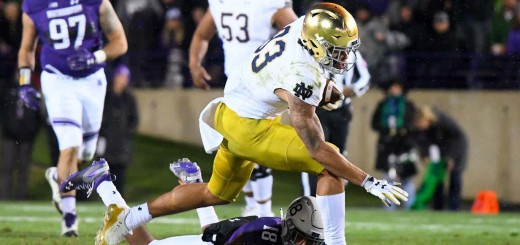
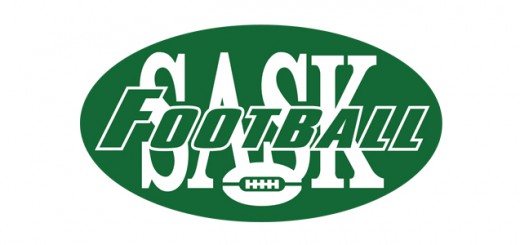
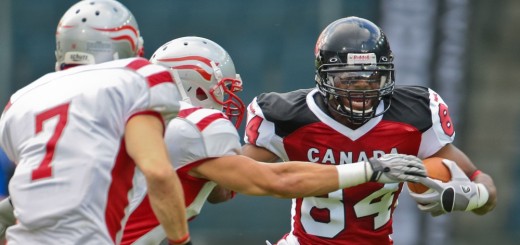

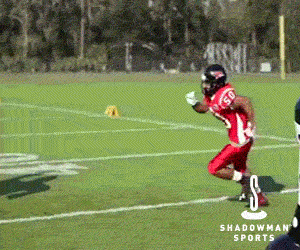
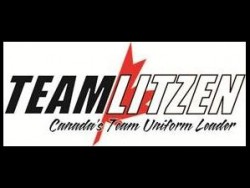


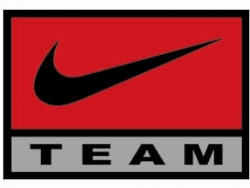


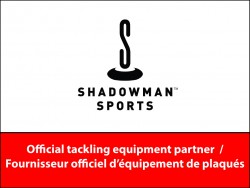






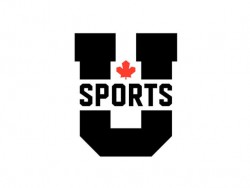
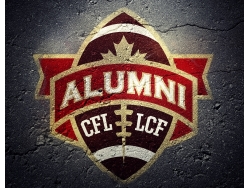
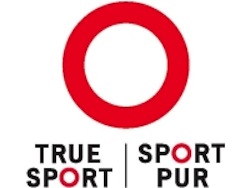

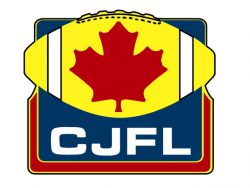
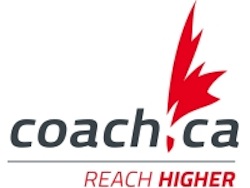




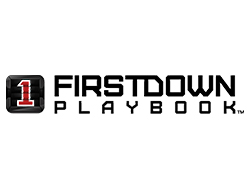





 Check your NCCP Certification
Check your NCCP Certification